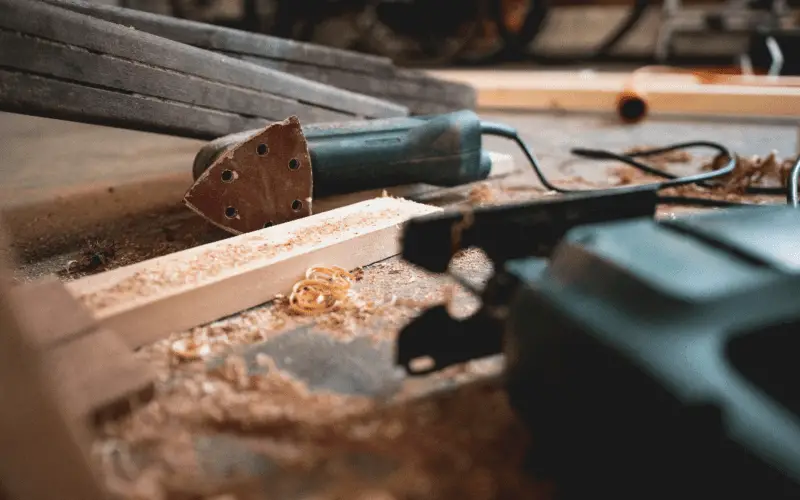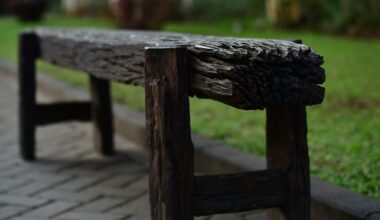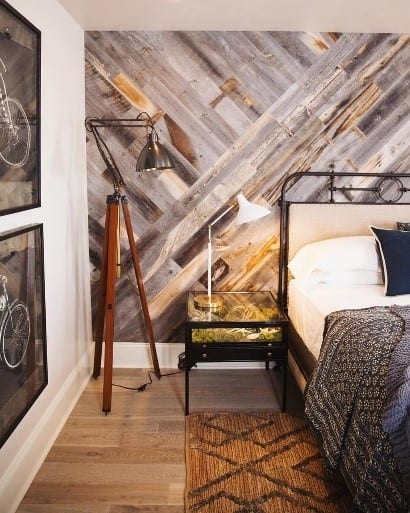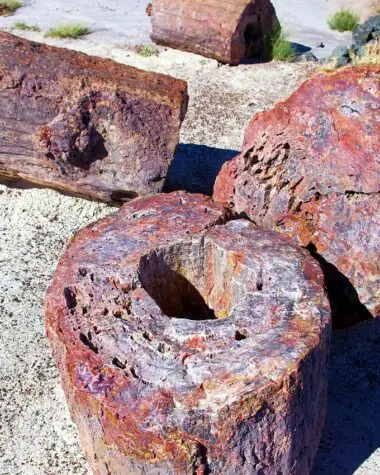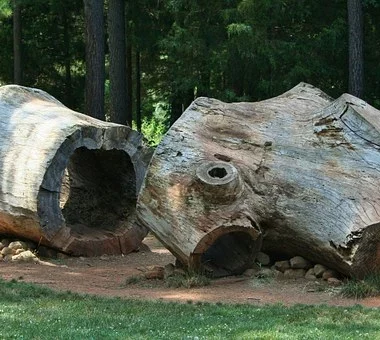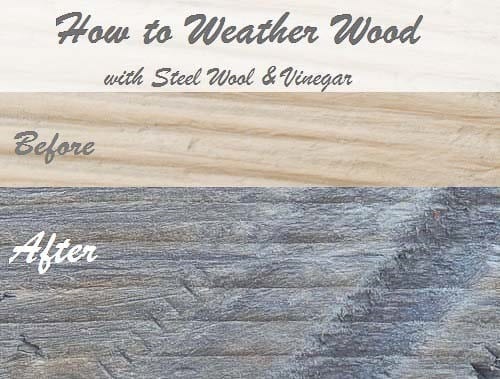Wooden accessories appear in various shapes. They are circular, flat, rectangular, oval, and squared. Though they are certainly not found that way. There are big logs of wood that are chiseled out into the needed shapes using various conventional techniques.
To let the chiseled wood yield the best results, it is expected of the woodworker to work on a block of quality wood. The fact with wood is that it moves and as a result, even the finely done wooden boards may turn out to be unappealing. Keeping in view the ample uses pieces of wood can have, we ought to know how to square a piece of wood.
Here is a step-by-step guide on how to square a piece of wood:
Step 1- How to square a piece of wood by cutting the pieces to a raw length
Once the planks have been selected, you would now need to start narrowing the sizes of the planks down. Cutting the bigger pieces to smaller lengths does not only make the planks more manageable but also helps in saving wood. You might even want to consider a jointer or a planer to shorten the length but it’s comparatively less efficient.
- Mark out the points with chalk or tape while you use your material list as a guide.
- If you have got enough material, then add 8” to the finished block to make some space for the planer snipe. Also, spare half an inch of width for carrying out the process of ripping and jointing.
- Now have a careful inspection of the chiseled pieces. Staple pins, nails, and knots can easily be spotted but there might even be more defects that would be carefully examined.
- For instance, there might be hairline cracks running inches deeper. To make sure that you are working on a block of solid and un-defective wood, try knocking such undue defects out.
- After you are done with the prior steps, there now lies a chance that your board can now easily move and could grab the blade.
- You can now use an arm saw (radial) to continue with the aligning work.
Step 2 – How to square a piece of wood by cutting the pieces to a raw width
The next step after cutting the pieces to raw length is to rip the block to a smaller width. You can do rough rips using a bandsaw or might even go with a table saw, both should work well.
- Create a chalk line and set up a rip fence so that the blade easily cuts through it.
- Keeping in view the straightness of your plank, you may not need to affix an edge. Though it is very essential to join your saw with a splitter.
- The splitter has mainly two uses. The first is that it helps to turn the board upright, and second, it prevents the slits from closing on the ends.
- Also, give the new wood some time to acclimate to the shop’s humidity. If you do not do that there is a strong possibility that the boards may shift even after they have been milled. And as a result, you would need to flatten them once again.
- For ensuring safety, a scrap board can be used to push the board swiftly through the blades.
Step 3- How to square a piece of wood using a woodworking jointer
By now you must have chiseled the board into a perfectly flat shape, and since it is done, it’s now the time to flip the board against the woodworking jointer.
- Adjust the guard of the jointer to keep up with the safety measures.
- Now run the sharp edges of the woodworking jointer against the blade. Just make sure that you keep the flat face of the board against the fence of the jointer.
- Keep jointing the edges of the board until you cut from the top to the bottom. Make sure that the edges of the board stand at right 90 degrees in position against the flattened faces.
- Though working with a 6” or an 8” jointer might be a little tough. And this can make the whole flattening step difficult. So, to tackle this issue, you are not expected to narrow down the strip and flatten the wide board conventionally. You rather have to take the blade guards off. After that, rabbet the fence and then flatten the board as much as the blades allow.
- To keep the chipping minimum, you would need to orient the board in such a manner that allows the knives to easily cut the grain.
Step 4- How to square a piece of wood by crosscutting to final lengths and breadths
One of the last steps on how to square a piece of wood is to use a table saw so that the corners could be crosscut. There are plenty of ways to adjust the length and breadth of the board. But amongst all, the most effective and efficient one is to use a meter gauge.
- Almost all the table saws come up with a meter gauge along with them. After you make sure that the gauge stands square to the blade, cut off all the ends that might be imperfect in shape & size. It’s very much like doing away with the knots.
- While working with the meter gauge, try not to put your hand near the saw blade to get the chipped-off piece.
- Now using folding tape or maybe chalk, mark the final length and breadth of the piece.
- Keeping the mark as a note, keep on holding the board tightly against the table saw and meter gauge.
- Ensure that you are thickening the stock all at once and let the board into the planer from beginning to end to reduce snipe.
So, that was all on how to square a piece of wood on a table saw, band saw, meter, and a woodworking jointer. Following these steps can easily help you work out perfectly dimensioned wooden squares with the least effort.
